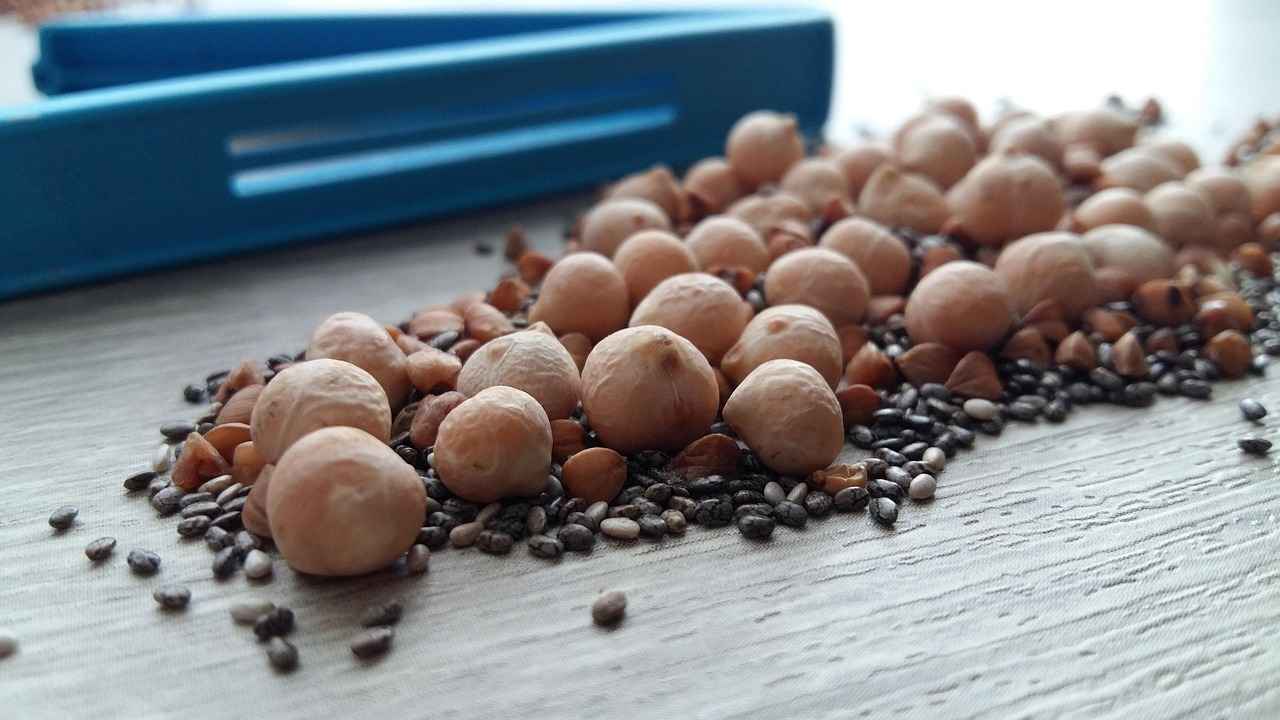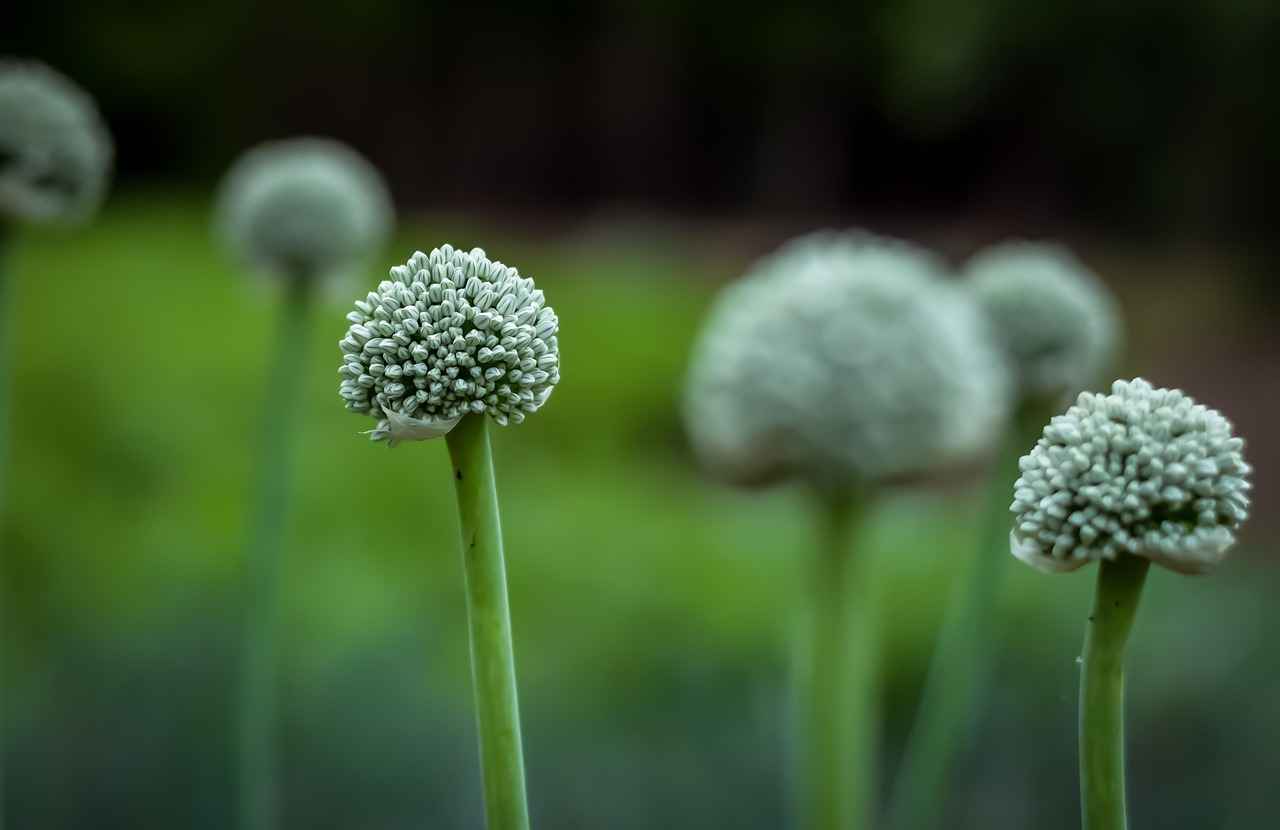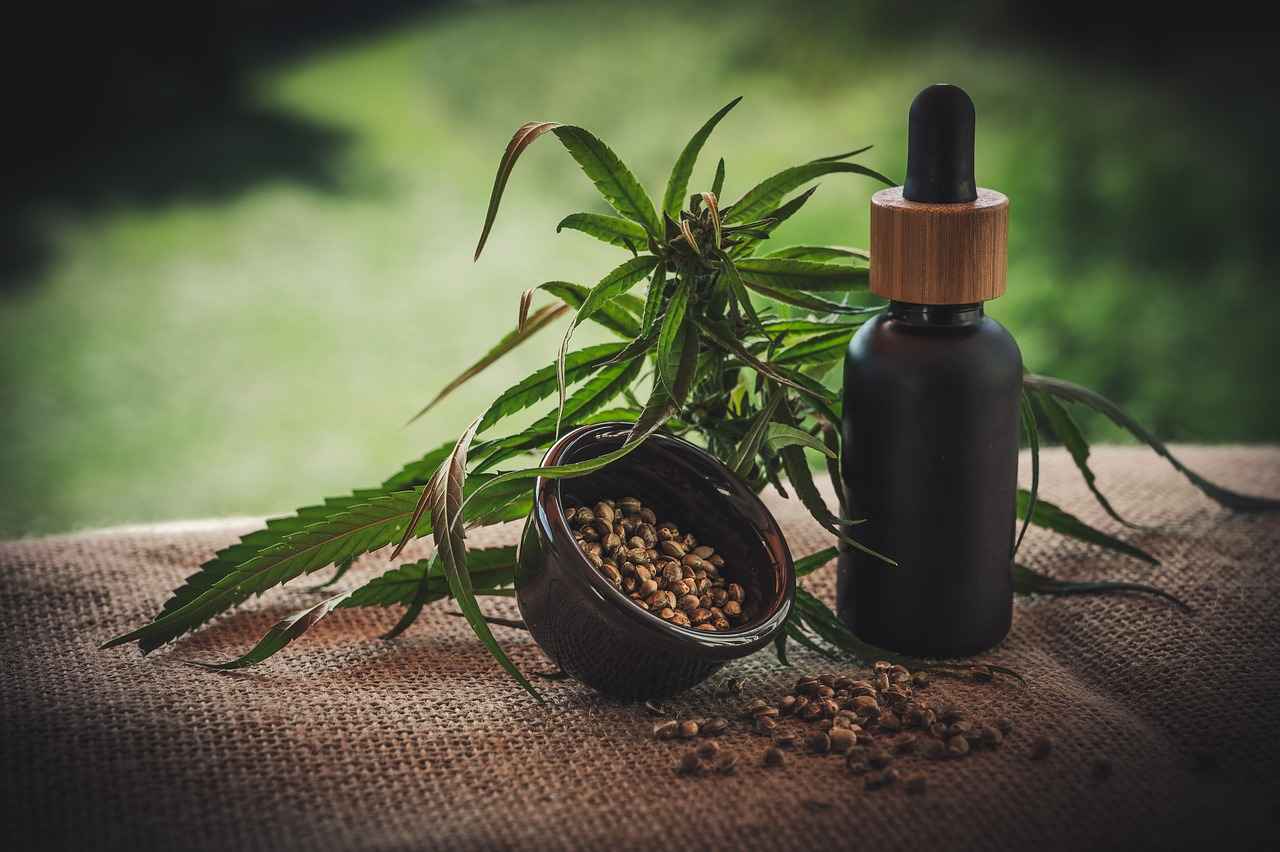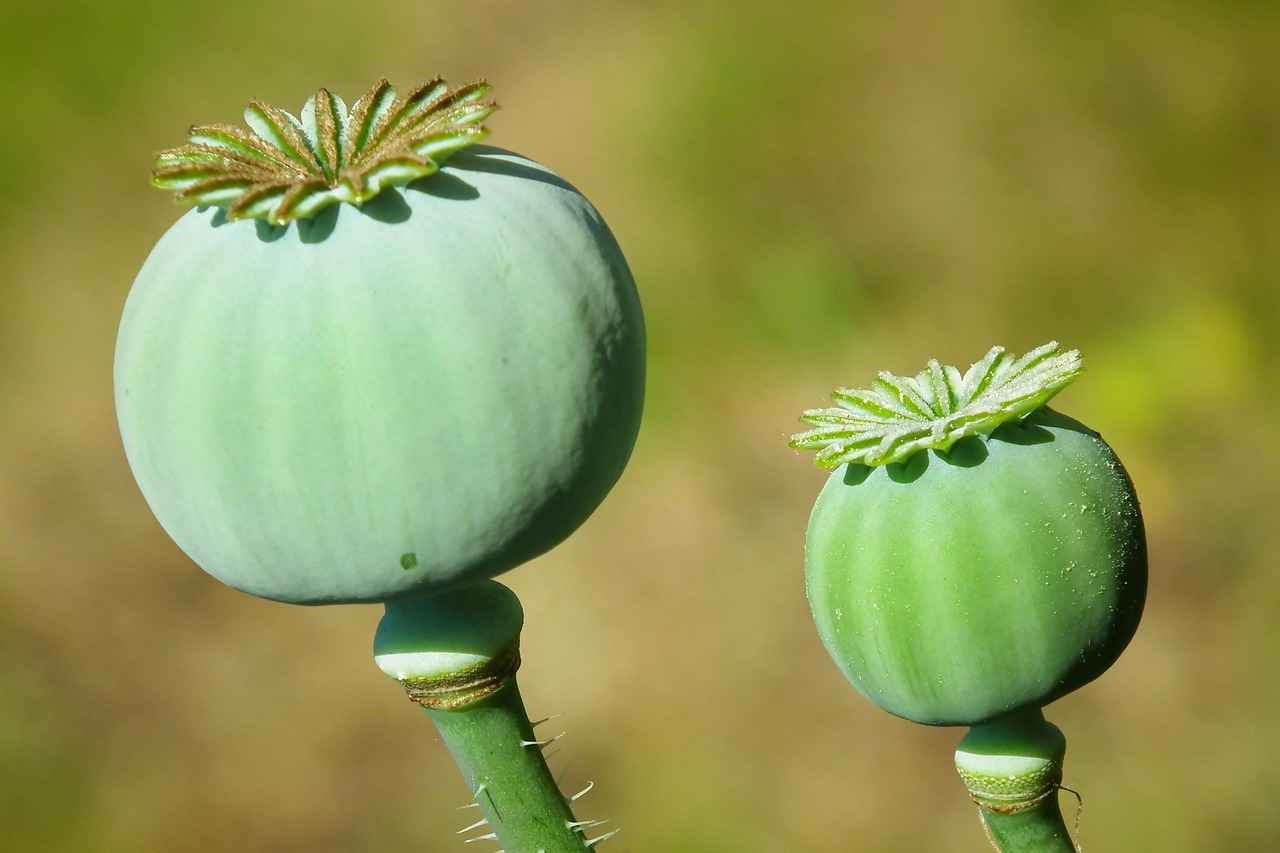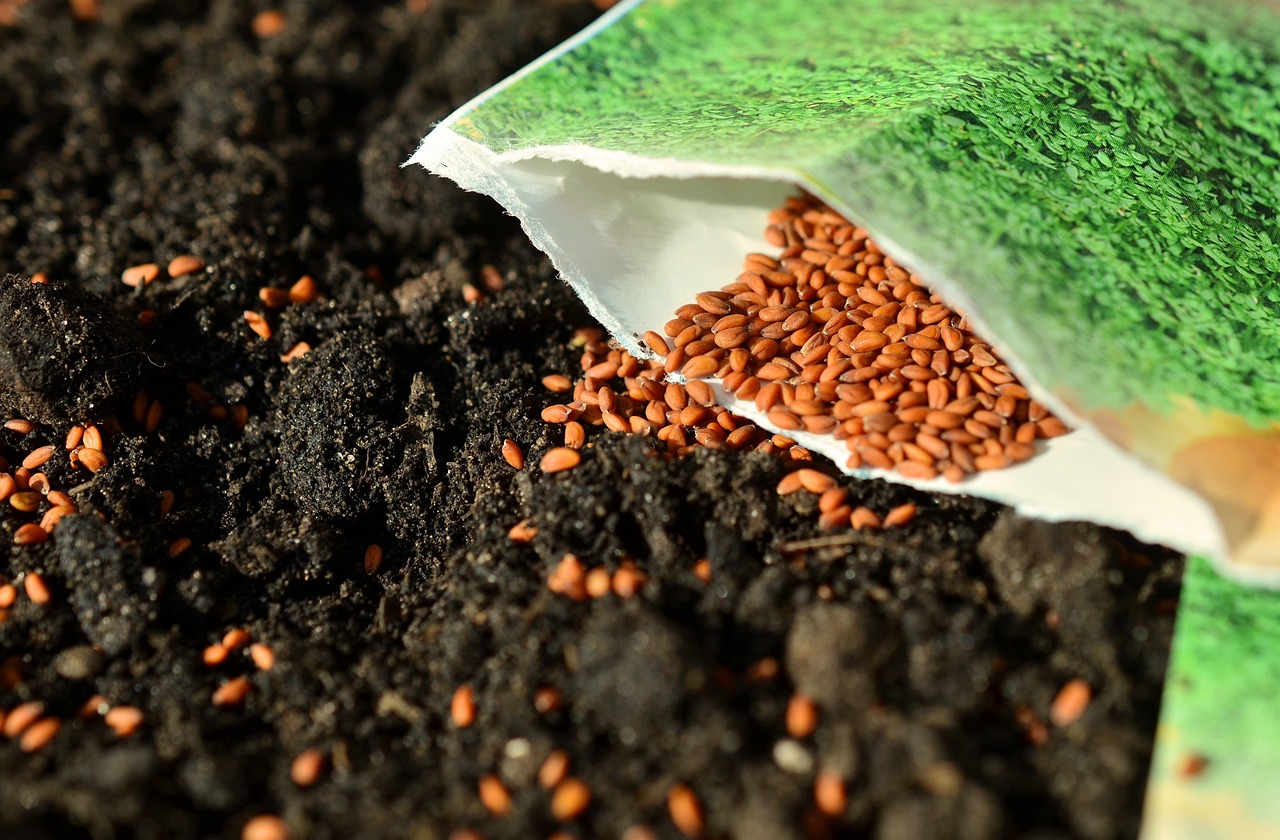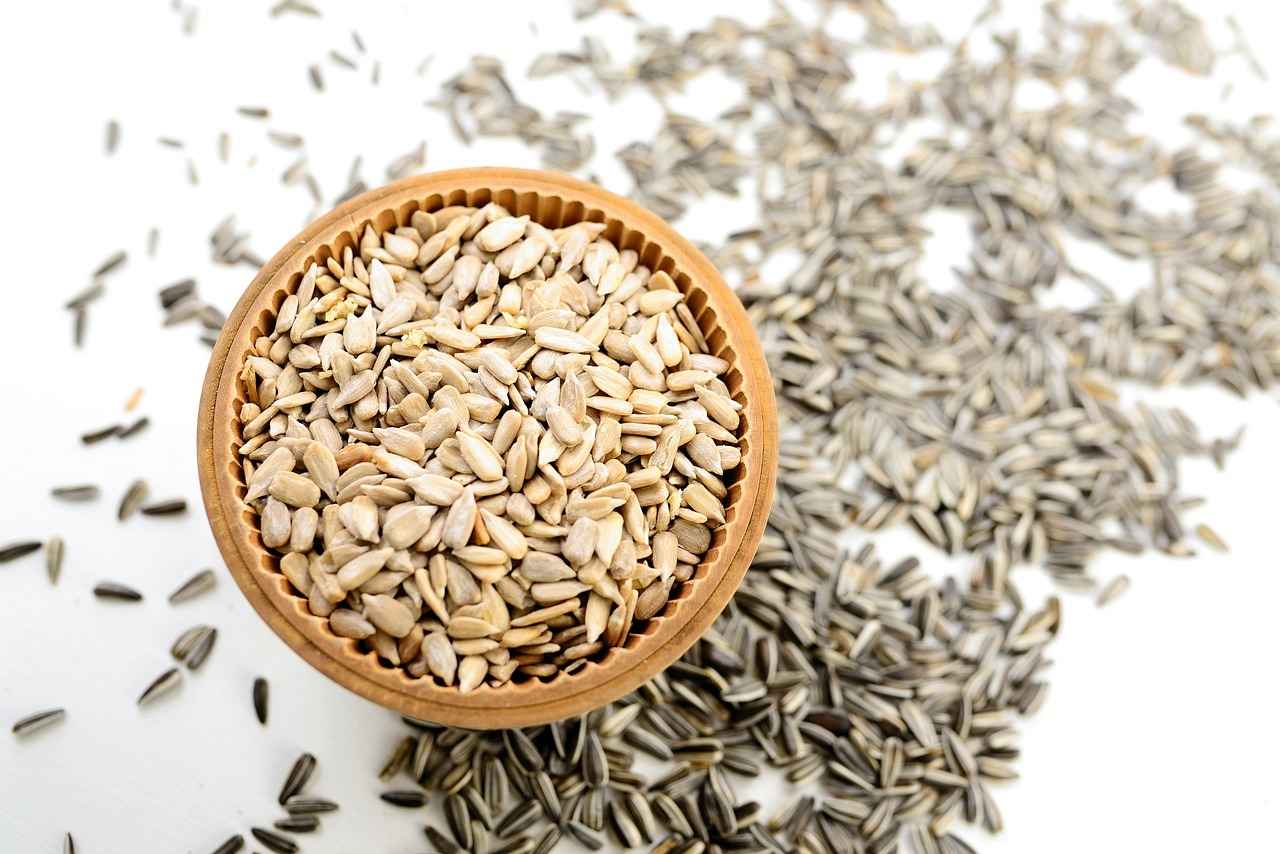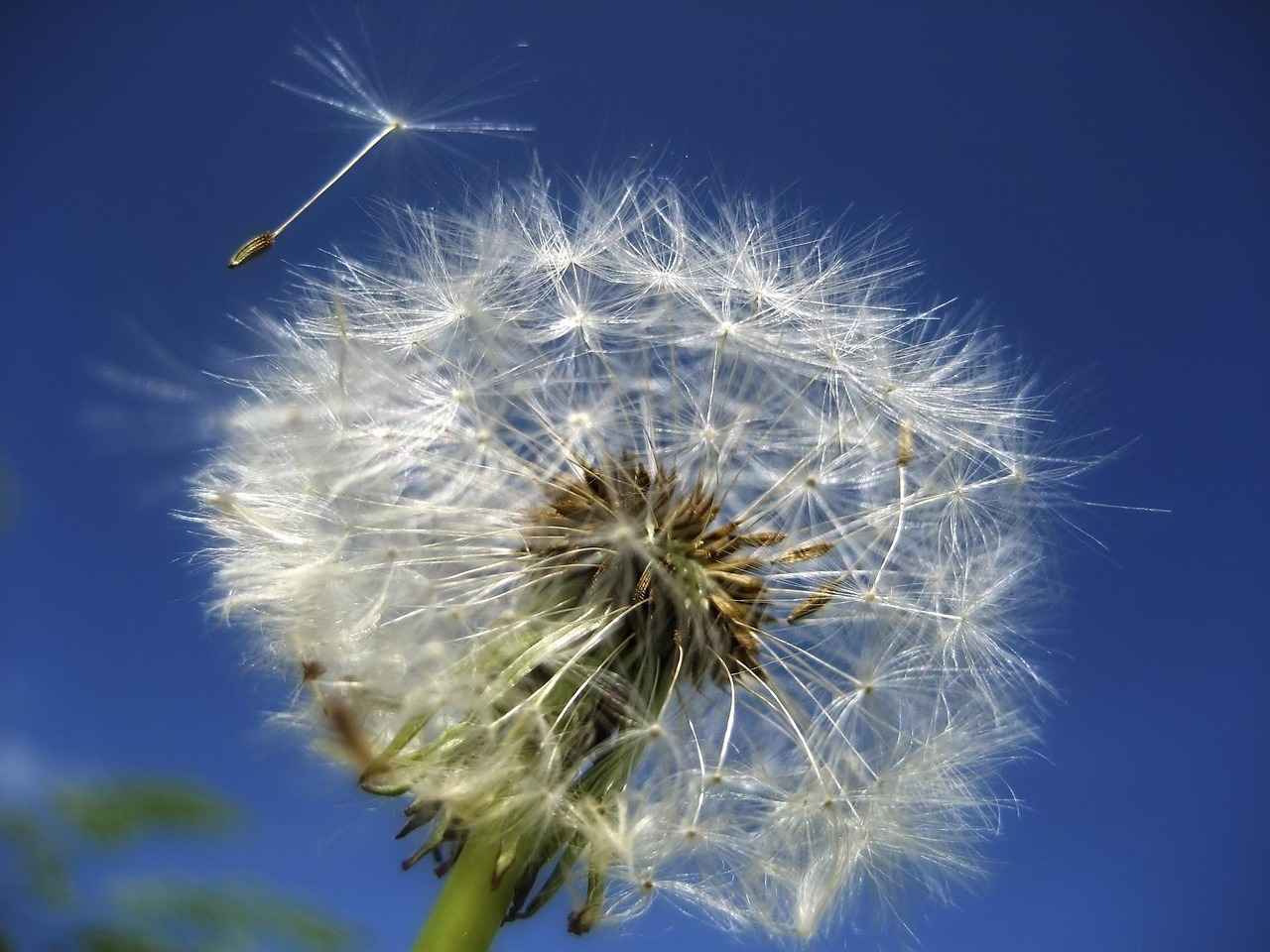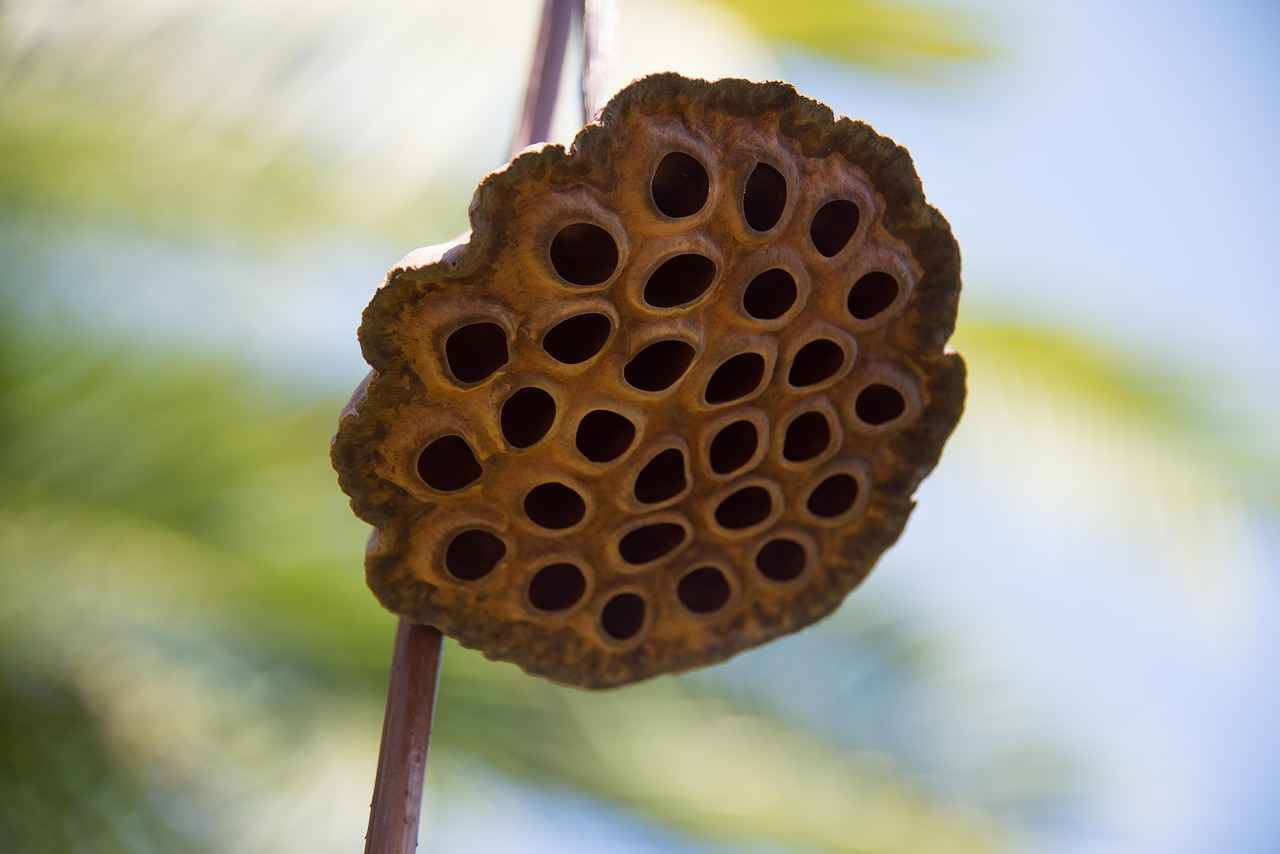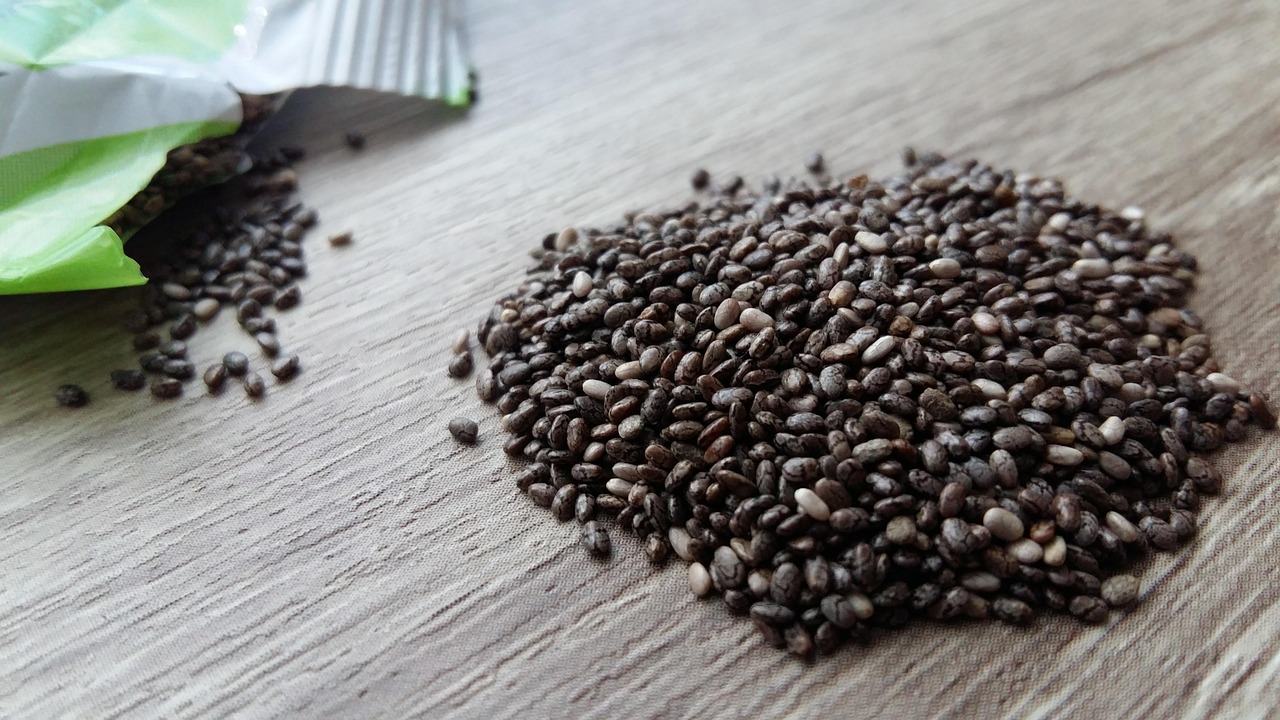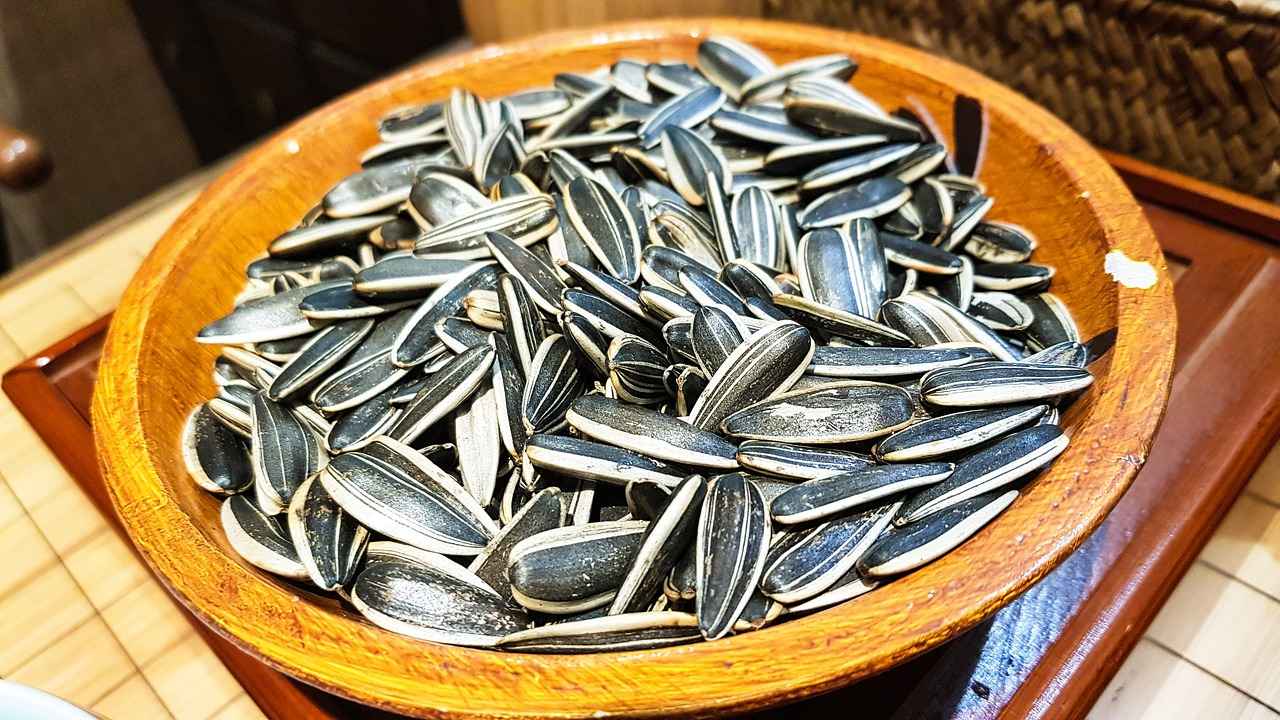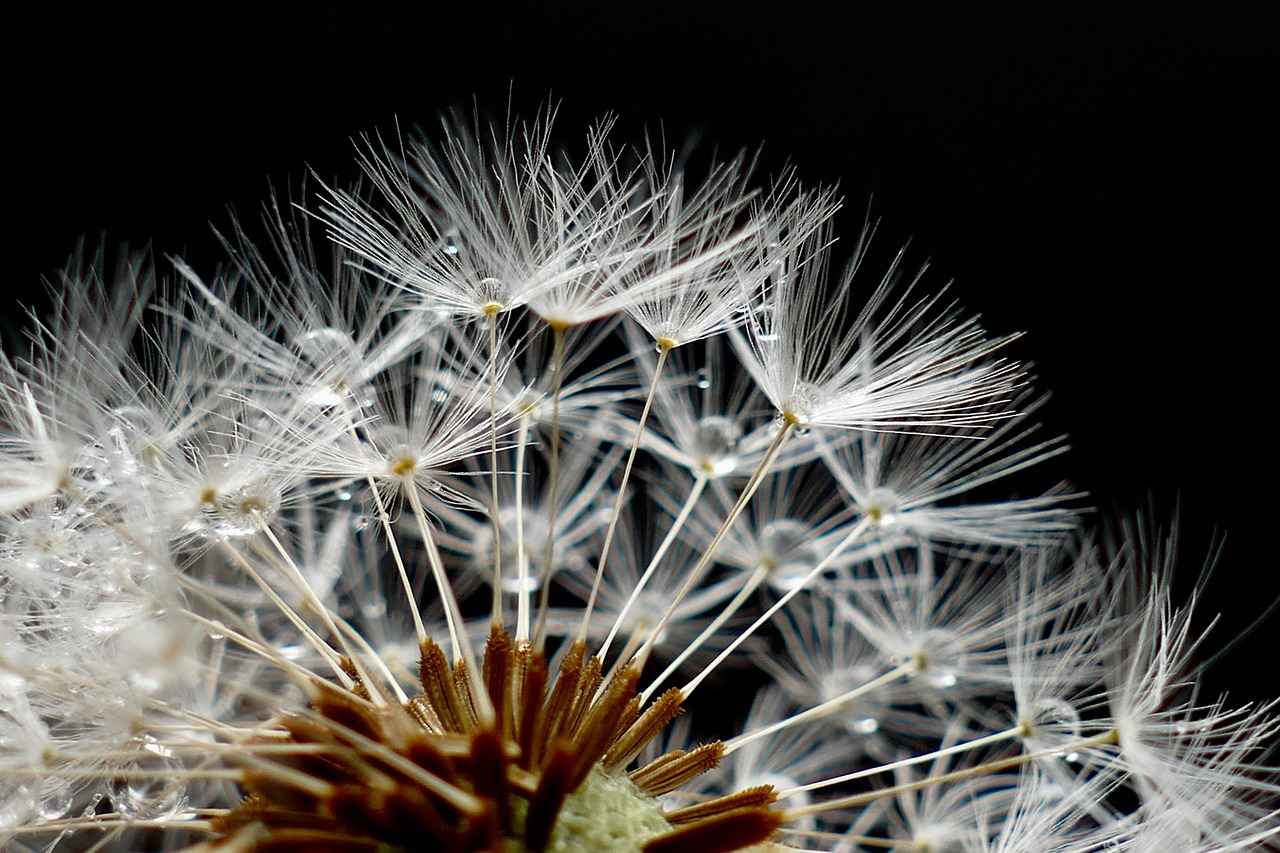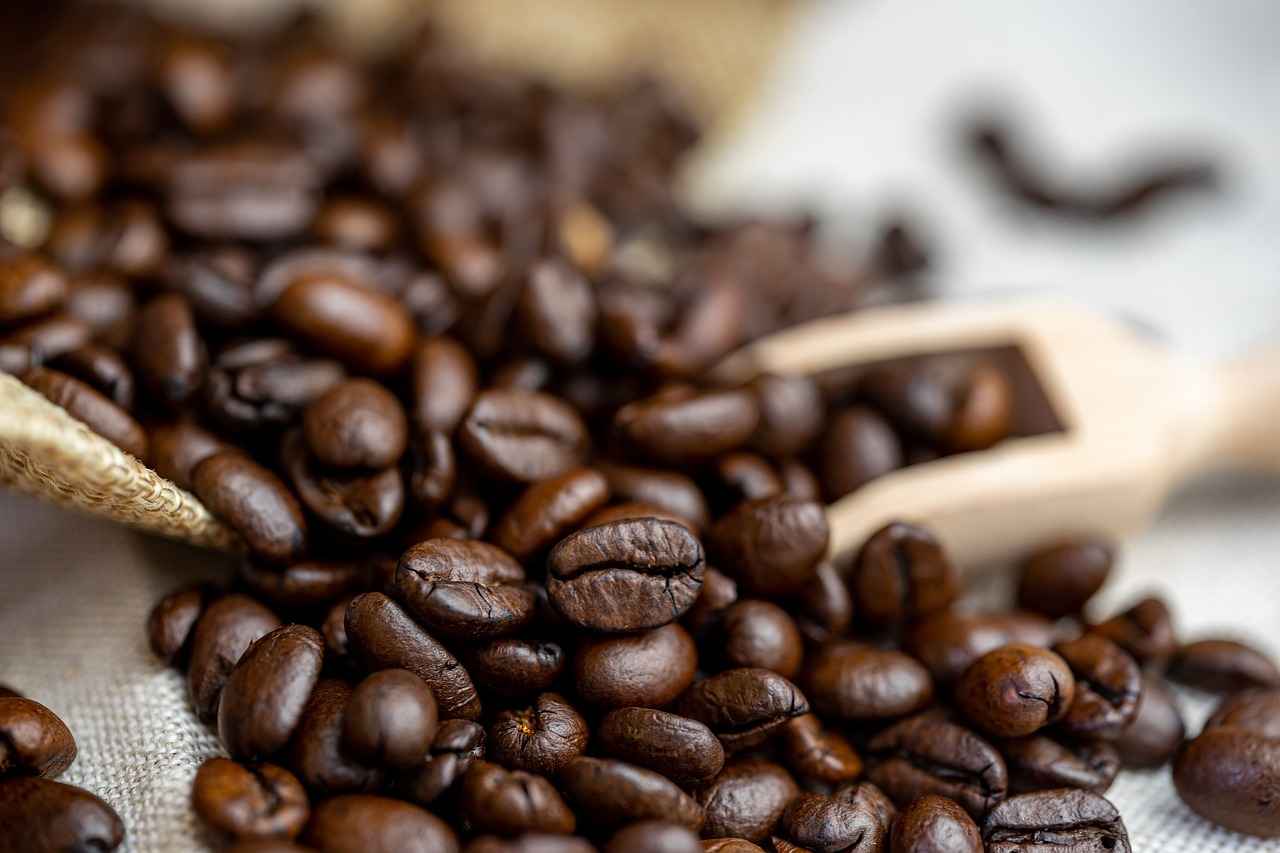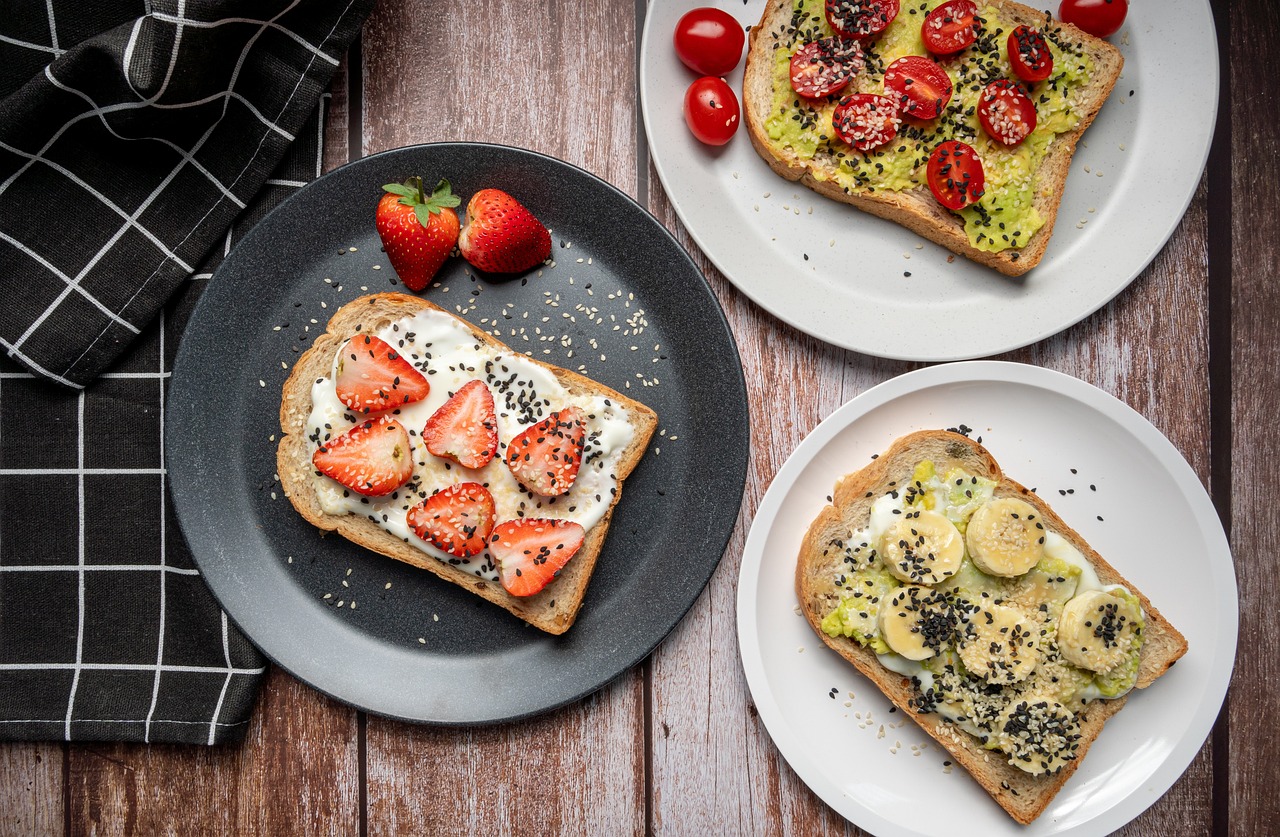Chia seeds have gained immense popularity as a superfood due to their impressive nutritional profile. However, understanding their shelf life and proper storage methods is essential to ensure you reap their health benefits. This article delves into the longevity of chia seeds, effective storage techniques, and practical tips to keep them fresh and nutritious for your dietary needs.
Chia seeds, derived from the Salvia hispanica plant, are tiny, nutrient-dense seeds that are rich in fiber, protein, and omega-3 fatty acids. They are often hailed for their numerous health benefits, including improved digestion, heart health, and weight management.
When stored correctly, chia seeds can last up to two years. However, several factors can influence their shelf life, including:
- Storage conditions
- Exposure to light
- Moisture levels
Understanding the factors that affect chia seeds’ longevity is crucial for maintaining their quality. Here are the key elements to consider:
Light can significantly degrade chia seeds, causing them to lose their nutritional value. To prolong their shelf life, store them in a dark place away from direct sunlight.
Excess moisture can lead to spoilage and mold growth. It is vital to keep chia seeds in a dry environment to ensure they remain fresh and safe for consumption.
Identifying spoiled chia seeds is essential for your health. Look for the following signs:
- Off smell
- Discoloration
- Change in texture
If you notice any of these signs, it is best to discard the seeds.
Proper storage methods can significantly extend the shelf life of chia seeds. Here are some effective strategies:
Store chia seeds in airtight containers to prevent exposure to air and moisture. This method helps retain their quality and prevents spoilage over time.
For maximum freshness, consider refrigerating or even freezing chia seeds. These methods can slow down the degradation process and help preserve their nutritional benefits.
Using expired chia seeds is not necessarily harmful, but their nutritional value and taste may diminish. Always assess their condition before use, checking for any signs of spoilage.
Consuming spoiled chia seeds can lead to digestive issues or foodborne illnesses. It’s crucial to prioritize safety and check for signs of spoilage before adding them to your diet.
Incorporating fresh chia seeds into your meals can enhance your nutrition. Here are a few delicious ways to enjoy them:
- Add to smoothies for a nutrient boost
- Mix into oatmeal for added fiber
- Incorporate into baked goods for healthy fats
By following these guidelines, you can ensure that your chia seeds remain fresh, nutritious, and ready to enhance your meals!
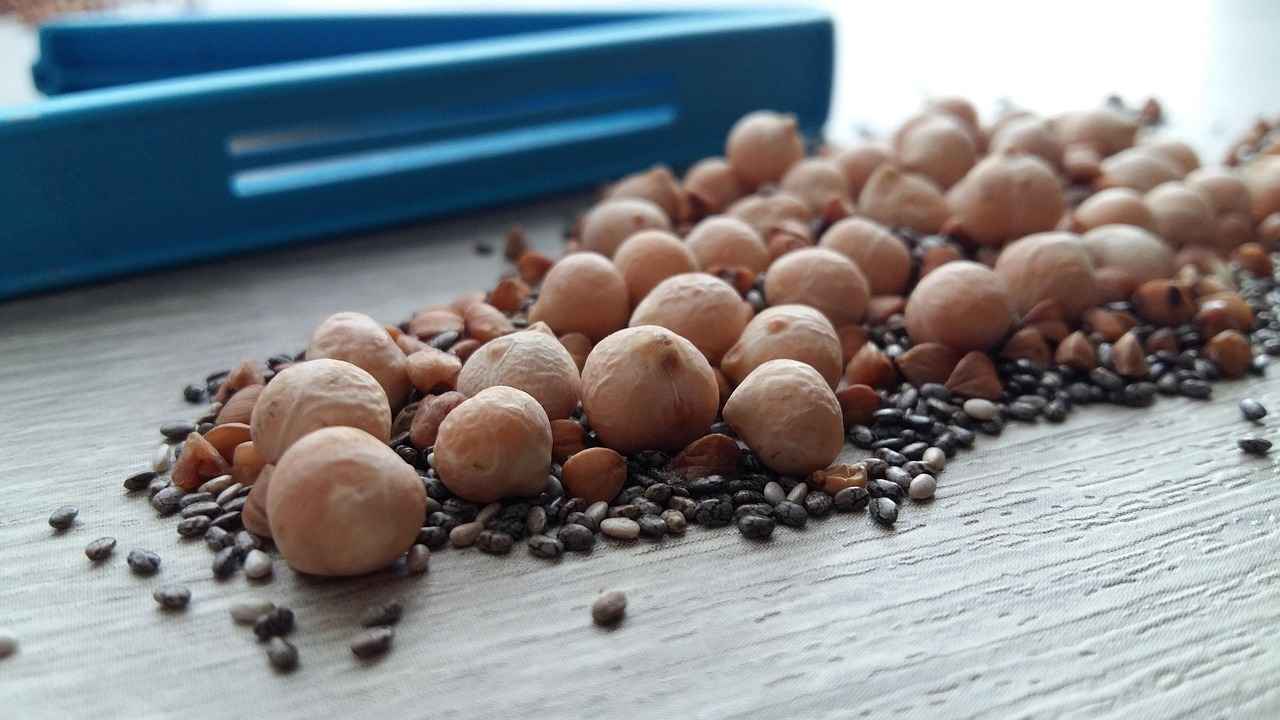
What Are Chia Seeds?
Chia seeds, derived from the Salvia hispanica plant, are small, nutrient-rich seeds that have gained immense popularity as a superfood. These tiny seeds are packed with essential nutrients, making them a fantastic addition to various diets. They are particularly known for their high content of omega-3 fatty acids, fiber, and protein, which contribute to numerous health benefits.
Chia seeds are often referred to as a superfood due to their impressive nutritional profile. Here are some key benefits:
- High Fiber Content: Chia seeds are an excellent source of dietary fiber, which can aid in digestion and promote a feeling of fullness.
- Omega-3 Fatty Acids: These seeds are rich in alpha-linolenic acid (ALA), a type of omega-3 fatty acid that is beneficial for heart health.
- Protein Source: Chia seeds provide a plant-based protein option, making them ideal for vegetarians and vegans.
- Rich in Antioxidants: They contain antioxidants that help combat oxidative stress in the body.
When chia seeds are consumed, they absorb water and expand, forming a gel-like substance. This property not only aids in hydration but also enhances satiety, which can help with weight management. Additionally, the fiber in chia seeds supports digestive health by promoting regular bowel movements.
Incorporating chia seeds into your daily meals is easy and versatile. Here are some popular methods:
- Smoothies: Add a tablespoon of chia seeds to your favorite smoothie for an extra nutrient boost.
- Oatmeal: Stir chia seeds into your oatmeal for added texture and nutrition.
- Baking: Use chia seeds in baked goods like muffins and bread for a healthy twist.
- Puddings: Make a delicious chia pudding by soaking the seeds in almond milk overnight.
While chia seeds are generally safe for most people, there are a few considerations to keep in mind:
- Hydration: Since chia seeds absorb a significant amount of water, it’s essential to stay hydrated when consuming them.
- Allergies: Some individuals may have allergies to chia seeds, so it’s best to introduce them gradually.
In summary, chia seeds are a powerhouse of nutrition, offering numerous health benefits that can easily be integrated into your diet. Their versatility and nutrient density make them a valuable addition to any meal plan.
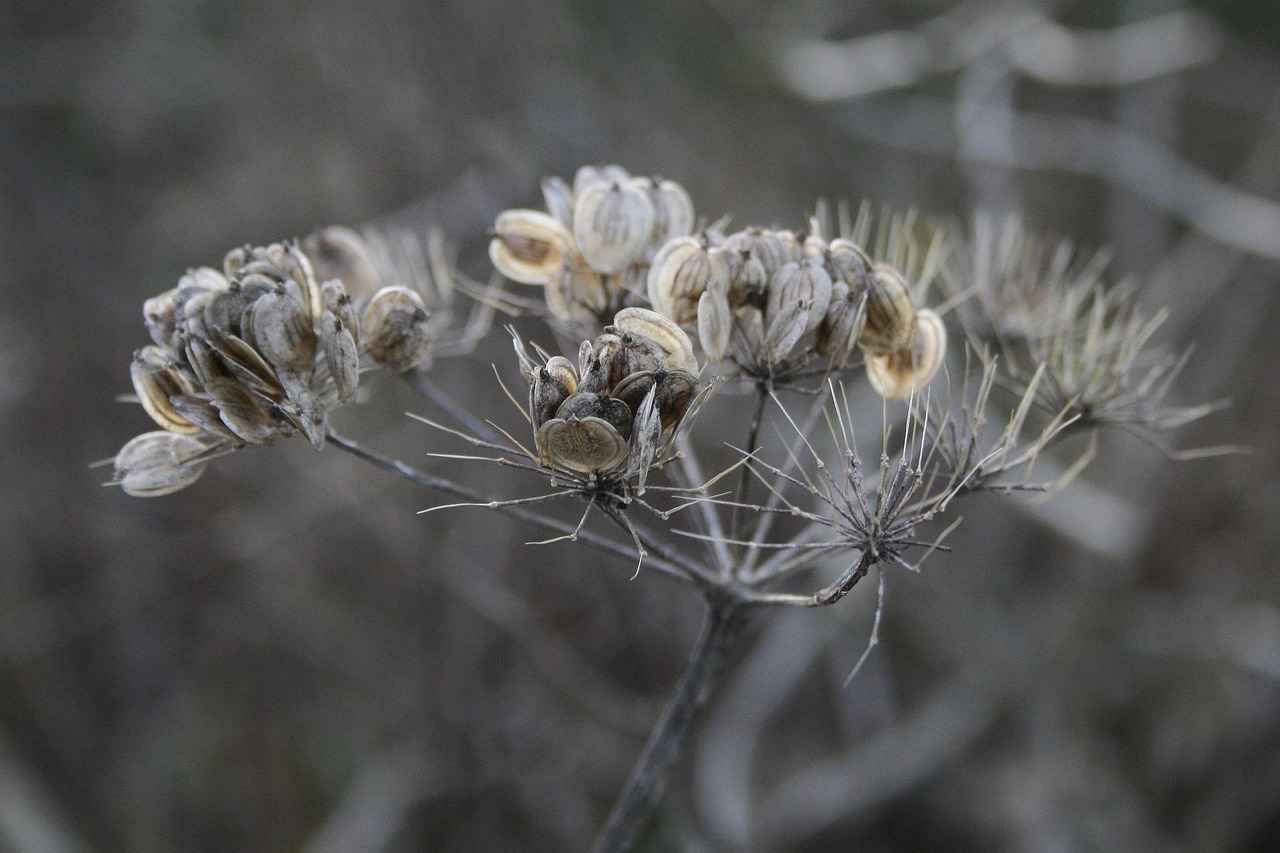
How Long Do Chia Seeds Last?
When it comes to superfoods, chia seeds have gained significant attention for their numerous health benefits. However, understanding how long chia seeds last is essential for ensuring you get the most out of this nutrient-packed seed. Proper storage methods can make a considerable difference in their longevity and overall quality.
Chia seeds, when stored correctly, can have a shelf life of up to two years. This impressive duration is primarily due to their low moisture content and high antioxidant levels, which help prevent spoilage. However, several factors can influence their longevity, and being aware of these can help you maintain their quality.
Several environmental factors can impact the freshness of chia seeds:
- Light Exposure: Direct sunlight can degrade the quality of chia seeds, leading to a loss of their nutritional benefits. It is advisable to store them in a dark place to enhance their shelf life.
- Moisture Levels: Excess moisture can cause chia seeds to clump together or develop mold. Keeping them in a dry environment is crucial for maintaining their quality.
- Temperature: High temperatures can accelerate the degradation process. Ideally, chia seeds should be stored in a cool place, away from heat sources.
It’s essential to regularly check your chia seeds for signs of spoilage. Indicators that your chia seeds may have gone bad include:
- Off Smell: A rancid or unusual odor is a clear sign that chia seeds have spoiled.
- Discoloration: Fresh chia seeds should be a consistent color. Any discoloration may indicate spoilage.
- Change in Texture: If the seeds feel sticky or clumpy, it could mean they have absorbed moisture and are no longer good to consume.
To maximize the shelf life of chia seeds, consider the following storage methods:
- Airtight Containers: Store chia seeds in airtight containers to minimize exposure to air and moisture. Glass jars or vacuum-sealed bags work well.
- Refrigeration: For extended freshness, refrigerate your chia seeds. This method slows down the degradation process and helps retain their nutritional value.
- Freezing: If you plan to store chia seeds for more than six months, consider freezing them. This is an effective way to preserve their quality long-term.
Using expired chia seeds is generally safe, but their nutritional value may diminish over time. It is crucial to assess their condition before consumption. If they appear and smell fine, they can still be used, but be aware that their health benefits may not be as potent.
Consuming spoiled chia seeds can lead to digestive issues or even foodborne illnesses. Always examine your seeds for signs of spoilage before adding them to your meals.
Incorporating chia seeds into your diet is easy and beneficial. They can be added to:
- Smoothies: Blend them into your favorite smoothie for an added nutrient boost.
- Oatmeal: Stir them into oatmeal or yogurt for extra fiber and omega-3 fatty acids.
- Baked Goods: Use chia seeds in baking recipes to enhance the nutritional profile of your treats.
By understanding how to store chia seeds and recognizing the signs of spoilage, you can ensure that you enjoy their full health benefits.
What Factors Affect the Shelf Life?
Understanding the longevity of chia seeds is essential for anyone looking to incorporate this nutrient-rich superfood into their diet. While these tiny seeds are packed with health benefits, several factors can significantly influence their freshness and nutritional value. In this section, we will delve into the key elements that affect the shelf life of chia seeds and how to mitigate potential spoilage.
Light is one of the primary factors that can lead to the degradation of chia seeds. When exposed to direct sunlight or even bright indoor lighting, chia seeds can undergo a chemical reaction that diminishes their nutritional potency. This is particularly important for seeds stored in transparent containers. To maximize their shelf life, it’s advisable to store chia seeds in a dark, cool place or in opaque containers that block out light.
Moisture is another critical factor that can adversely affect chia seeds. High humidity levels can create an environment conducive to mold growth, which not only spoils the seeds but can also pose health risks if consumed. To prevent moisture intrusion, it is best to keep chia seeds in airtight containers and store them in a dry area. Avoid storing them near the stove or in a damp pantry, as these conditions can accelerate spoilage.
Temperature plays a vital role in the preservation of chia seeds. Ideally, they should be stored in a cool environment. High temperatures can lead to the breakdown of essential oils present in chia seeds, resulting in rancidity and loss of flavor. For long-term storage, consider using the refrigerator or freezer, as these methods can significantly slow down the degradation process while preserving their nutritional benefits.
How chia seeds are packaged can also influence their freshness. If you purchase chia seeds in bulk, transferring them to a sealed glass or plastic container can help maintain their quality. Always ensure that the container is clean and dry before transferring the seeds. Additionally, avoid frequent opening of the container, as this can introduce air and humidity, both of which can lead to spoilage.
To ensure that your chia seeds remain fresh, it’s essential to periodically check their condition. Signs of spoilage include an off smell, discoloration, or a change in texture. If you notice any of these indicators, it’s best to discard the seeds to avoid any potential health risks.
By understanding these factors—light exposure, moisture levels, temperature variations, and packaging—you can significantly extend the shelf life of your chia seeds. Proper storage practices will not only help maintain their freshness but also ensure that you benefit from their nutritional properties for a longer duration. Always remember to check for signs of spoilage and store them in optimal conditions to enjoy the full benefits of this superfood.
Light Exposure
is a critical factor in determining the quality and longevity of chia seeds. These tiny seeds, while packed with nutrients, can be quite sensitive to environmental conditions. When exposed to light, especially sunlight, the delicate oils within chia seeds can oxidize, leading to a decrease in their nutritional potency. This degradation not only affects the nutritional value of the seeds but can also alter their taste and texture, making them less enjoyable to consume.
To ensure that chia seeds maintain their beneficial properties, it is essential to store them in a dark and cool environment. This simple practice can significantly prolong their shelf life and preserve their rich content of omega-3 fatty acids, fiber, and antioxidants. A pantry or a cupboard away from direct sunlight is ideal for storage.
Additionally, using opaque containers can further protect chia seeds from light exposure. Glass jars or dark plastic containers can effectively block out light, ensuring the seeds remain fresh for longer periods. It is advisable to avoid clear containers, as they allow light to penetrate, which can accelerate spoilage.
Another aspect to consider is the temperature at which chia seeds are stored. High temperatures can exacerbate the negative effects of light exposure, leading to quicker degradation. Therefore, it is best to keep chia seeds in a cool area, ideally below room temperature. For those who purchase chia seeds in bulk, refrigeration can be a beneficial option. This method not only keeps the seeds cool but also protects them from light and moisture, two primary factors that contribute to spoilage.
In addition to light exposure, it is crucial to be mindful of moisture levels. Chia seeds are hygroscopic, meaning they can absorb moisture from the air. Storing them in a humid environment can lead to mold growth, which poses health risks. Therefore, it is essential to keep the storage area dry and ensure that the containers are sealed tightly to prevent moisture infiltration.
To sum up, the key to preserving the quality of chia seeds lies in minimizing their exposure to light, heat, and moisture. By implementing these storage strategies, you can maintain the seeds’ nutritional benefits and enjoy their health advantages for a longer time. Remember, proper storage not only enhances the longevity of chia seeds but also ensures that you are consuming them at their best quality.
Moisture Levels
When it comes to storing chia seeds, one of the most critical factors to consider is . Excess moisture can lead to significant problems, including mold growth and spoilage. Understanding how to manage moisture is vital to maintaining the quality and safety of these nutrient-dense seeds.
Chia seeds are not only popular for their health benefits but also for their versatility in various recipes. However, if they are exposed to high moisture levels, they can quickly deteriorate. Mold can develop, rendering the seeds unsafe for consumption. This not only affects their shelf life but can also pose health risks.
The presence of moisture can create an environment conducive to fungal growth. Once chia seeds absorb excess moisture, they can clump together and lose their characteristic texture. Additionally, the nutritional value may degrade, leading to a loss of essential fatty acids and antioxidants.
- Store in a Cool, Dry Place: Always keep chia seeds in a cool and dry environment. A pantry or cupboard away from heat sources is ideal.
- Use Airtight Containers: To prevent moisture from seeping in, store chia seeds in airtight containers. Glass jars or vacuum-sealed bags work well.
- Avoid Humid Areas: Steer clear of storing chia seeds in humid areas such as near the sink or stove, as steam and condensation can lead to moisture accumulation.
If you discover that your chia seeds have absorbed moisture, it’s essential to act quickly. Spread them out on a baking sheet and place them in a low-temperature oven for about 30 minutes. This can help to dry them out, but be cautious not to cook them.
Identifying spoiled chia seeds is crucial for your health. Watch for the following signs:
- Off Smell: A rancid or musty odor is a clear indication of spoilage.
- Discoloration: If the seeds appear darker or have unusual spots, discard them.
- Change in Texture: Clumping or a sticky texture can signify that moisture has compromised the seeds.
Maintaining the quality of chia seeds requires diligent attention to moisture levels. By following proper storage practices and being vigilant for signs of spoilage, you can ensure that your chia seeds remain a safe and nutritious addition to your diet.
How to Check if Chia Seeds Have Gone Bad?
Chia seeds are a popular superfood known for their numerous health benefits, but just like any other food product, they can spoil over time. Understanding how to check if chia seeds have gone bad is essential for ensuring your health and safety. Here, we will explore the signs of spoilage and how to properly assess the condition of your chia seeds.
Identifying spoiled chia seeds is crucial for your health. Here are the primary indicators to look for:
- Off Smell: Fresh chia seeds have a mild, nutty aroma. If you notice a rancid or sour smell, it’s a clear sign that the seeds have gone bad and should not be consumed.
- Discoloration: Chia seeds are typically black or white. If you observe any unusual colors, such as yellow or brown spots, this may indicate spoilage.
- Change in Texture: Fresh chia seeds are firm and slightly crunchy. If they feel sticky or clump together, it could be due to moisture exposure, suggesting they are no longer safe to eat.
Consuming spoiled chia seeds can lead to various health issues, including digestive discomfort and potential foodborne illnesses. By regularly checking the condition of your seeds, you can prevent these risks and ensure that you are reaping the full benefits of this nutritious superfood.
To maintain the freshness of your chia seeds and minimize the chances of spoilage, consider the following storage tips:
- Store in a Cool, Dark Place: Keeping chia seeds away from light and heat can significantly prolong their shelf life.
- Use Airtight Containers: Always store chia seeds in airtight containers to prevent moisture and air exposure, which can lead to spoilage.
- Refrigerate or Freeze: For extended freshness, consider storing chia seeds in the refrigerator or freezer. This method can help slow down the degradation process.
Before incorporating chia seeds into your meals, it’s wise to conduct a quick assessment:
1. Open the container and take a whiff. 2. Inspect the seeds for any discoloration or clumping.3. Feel the texture; they should be dry and separate.
If any of these checks indicate spoilage, it’s best to discard the seeds to avoid health risks.
By being vigilant and regularly checking your chia seeds for signs of spoilage, you can enjoy their health benefits without compromising your well-being. Remember, the key to longevity and freshness lies in proper storage and regular assessments.
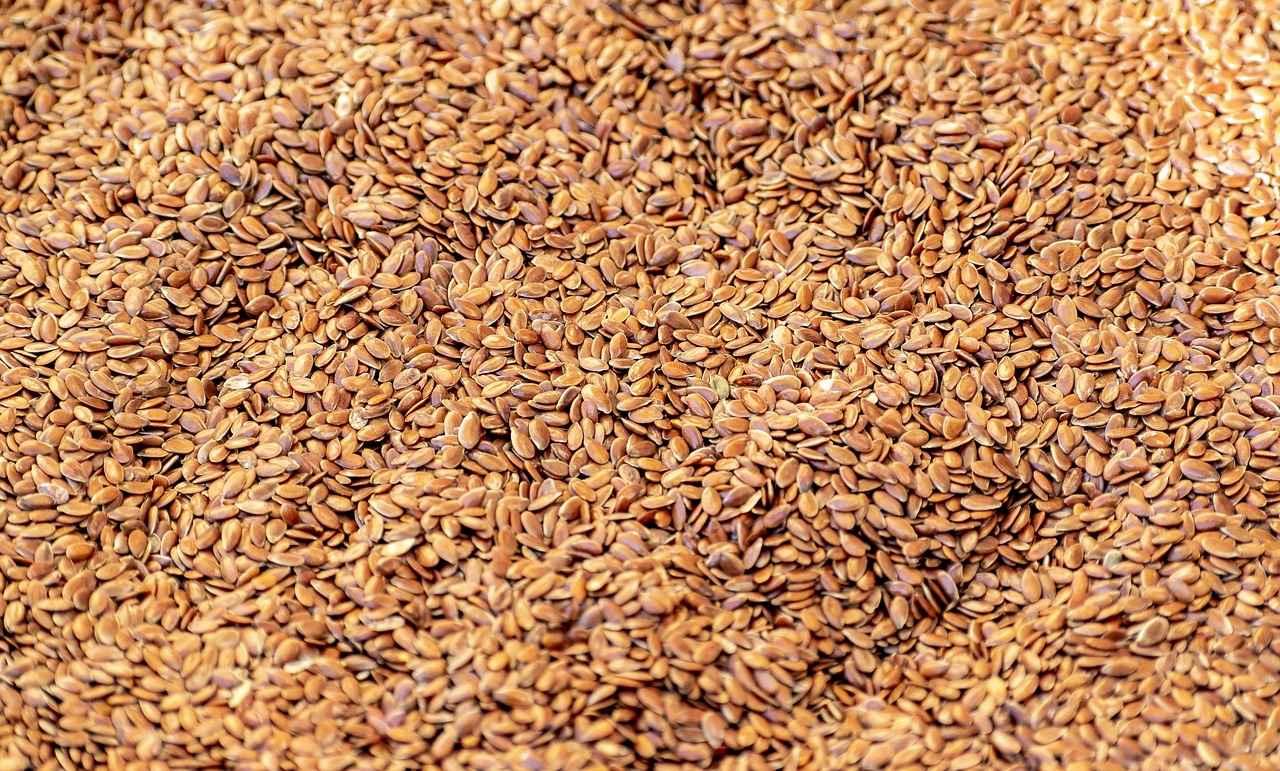
Best Ways to Store Chia Seeds
When it comes to preserving the freshness and nutritional value of chia seeds, employing the right storage techniques is essential. These tiny seeds are packed with nutrients, but their longevity can be compromised if not stored properly. Below are some of the effectively.
Proper storage methods can significantly extend the shelf life of chia seeds. The quality of chia seeds can degrade due to various factors, including exposure to air, light, and moisture. By understanding how to store them correctly, you can keep them fresh and nutritious for a longer time.
One of the simplest and most effective methods for storing chia seeds is to use airtight containers. These containers create a seal that prevents air and moisture from entering, which can lead to spoilage. Glass jars or high-quality plastic containers with tight-fitting lids are excellent choices. Ensure that the container is clean and completely dry before adding the seeds.
For those who buy chia seeds in bulk or want to ensure maximum freshness, refrigeration or freezing is highly recommended. Storing chia seeds in the refrigerator can slow down the degradation process caused by heat and light. For even longer storage, consider placing them in the freezer. Just remember to use a moisture-proof bag or container to avoid freezer burn.
Another crucial aspect of chia seed storage is to keep them in a cool, dark place. Sunlight can degrade the quality of chia seeds over time, leading to a loss of nutrients. A pantry or cupboard away from heat sources is ideal. Always check the temperature to ensure it remains stable and cool.
Moisture is one of the biggest enemies of chia seeds. Excess moisture can lead to mold growth, making the seeds unsafe to consume. Always use dry utensils when scooping out seeds, and avoid storing them in areas with high humidity, such as near the stove or sink.
Even with proper storage, it’s important to periodically check your chia seeds for freshness. Look for signs of spoilage, such as:
- Off smell: Fresh chia seeds have a neutral scent. A rancid smell indicates they have gone bad.
- Discoloration: If the seeds appear discolored or have a powdery residue, they may be spoiled.
- Texture change: Fresh seeds should feel dry and slightly crunchy. If they feel sticky or clump together, it’s a sign of moisture exposure.
If you frequently use chia seeds, you may wonder if you can reuse the containers. While it’s certainly possible, make sure to clean them thoroughly to eliminate any residue or moisture that could affect the new batch of seeds.
By following these effective storage methods, you can significantly extend the shelf life of your chia seeds, ensuring they remain fresh and packed with nutrients. Whether you choose to use airtight containers, refrigerate, or freeze, taking these steps will help you enjoy the health benefits of chia seeds for longer periods.
Using Airtight Containers
When it comes to maintaining the freshness and nutritional value of chia seeds, proper storage is essential. One of the most effective methods is . This approach not only helps in preserving the seeds but also enhances their longevity, ensuring you get the most out of this superfood.
Chia seeds are known for their rich content of omega-3 fatty acids, fiber, and antioxidants. However, exposure to elements such as moisture and air can significantly degrade their quality. By storing chia seeds in airtight containers, you can effectively mitigate these risks. Here are some key benefits and tips on how to properly utilize airtight containers for chia seed storage:
- Prevention of Moisture Exposure: Chia seeds are highly sensitive to moisture. Even a small amount can lead to mold growth, which makes them unsafe for consumption. Airtight containers create a barrier that keeps moisture out, ensuring the seeds remain dry and safe.
- Protection from Air Exposure: Air can cause chia seeds to oxidize, leading to rancidity and loss of flavor. Using airtight containers limits the seeds’ exposure to air, helping to retain their taste and nutritional profile.
- Extended Shelf Life: Properly stored chia seeds can last for up to two years. By utilizing airtight containers, you can maximize their shelf life and enjoy their health benefits for an extended period.
- Convenience: Airtight containers are often stackable and can be easily stored in cabinets or the pantry. This not only saves space but also makes it convenient to access your chia seeds whenever needed.
When selecting an airtight container, consider the following:
- Material: Choose containers made from glass or BPA-free plastic. Glass containers are preferable as they do not leach chemicals and provide a better seal.
- Size: Opt for a size that suits your consumption rate. Smaller containers can be more practical if you use chia seeds frequently, while larger ones are suitable for bulk storage.
- Seal Quality: Ensure that the container has a high-quality seal. A good seal is crucial for maintaining an airtight environment.
In addition to using airtight containers, consider storing them in a cool, dark place. Avoid areas that are exposed to direct sunlight or high temperatures, as these conditions can further compromise the quality of the seeds.
By taking these simple yet effective steps, you can ensure that your chia seeds remain fresh and nutritious. Whether you add them to smoothies, oatmeal, or baked goods, knowing that they are stored correctly will give you peace of mind and enhance your overall health.
In summary, the use of airtight containers is a vital practice for anyone looking to maximize the benefits of chia seeds. Not only do they prevent spoilage, but they also help retain the seeds’ nutritional value, allowing you to incorporate this superfood into your diet confidently.
Refrigeration and Freezing
When it comes to preserving the freshness and nutritional value of chia seeds, refrigeration and freezing are two highly effective methods. Both techniques can significantly enhance the shelf life of these tiny powerhouses, ensuring that they remain a beneficial addition to your diet.
Refrigerating chia seeds is an excellent way to slow down the natural degradation process. When stored in a cool environment, the seeds are less likely to undergo oxidation, which can lead to rancidity. This is particularly important for chia seeds, as they contain healthy fats that can spoil if not stored properly. Keeping them in the refrigerator can help maintain their nutritional benefits, including essential omega-3 fatty acids and antioxidants.
- Use Airtight Containers: Always store chia seeds in airtight containers to prevent moisture from getting in. This will help keep them dry and fresh.
- Label and Date: If you’re storing multiple containers, label them with the date of storage. This will help you keep track of their freshness.
- Keep Them in the Back: Store chia seeds in the back of the refrigerator where the temperature is most consistent, avoiding the door where temperatures fluctuate.
Freezing chia seeds is another effective method for long-term storage. When frozen, chia seeds can last for several years without losing their quality. The freezing process halts all enzymatic activity, which means that the seeds remain in a state of suspended animation, preserving their nutritional integrity.
- Portion Control: Consider dividing chia seeds into smaller portions before freezing. This way, you can easily take out only what you need without repeatedly exposing the entire batch to temperature changes.
- Seal Properly: Use freezer-safe bags or containers that are designed to withstand low temperatures. Make sure to expel as much air as possible before sealing.
- Thawing Techniques: When you’re ready to use frozen chia seeds, it’s best to thaw them in the refrigerator overnight or add them directly to your recipes without thawing.
When stored in the refrigerator, chia seeds can last up to two years while retaining their quality. In the freezer, they can last even longer, often exceeding five years. This longevity makes refrigeration and freezing ideal choices for anyone looking to maintain a steady supply of chia seeds for their health needs.
Regardless of the storage method you choose, always keep an eye out for signs of spoilage. Even when refrigerated or frozen, chia seeds can develop an off smell or taste if not stored properly. Regularly check your seeds and ensure they remain in optimal condition.
By utilizing refrigeration and freezing techniques, you can effectively extend the shelf life of chia seeds while preserving their valuable nutrients. This makes it easier to incorporate them into your daily diet, allowing you to enjoy their numerous health benefits over time.
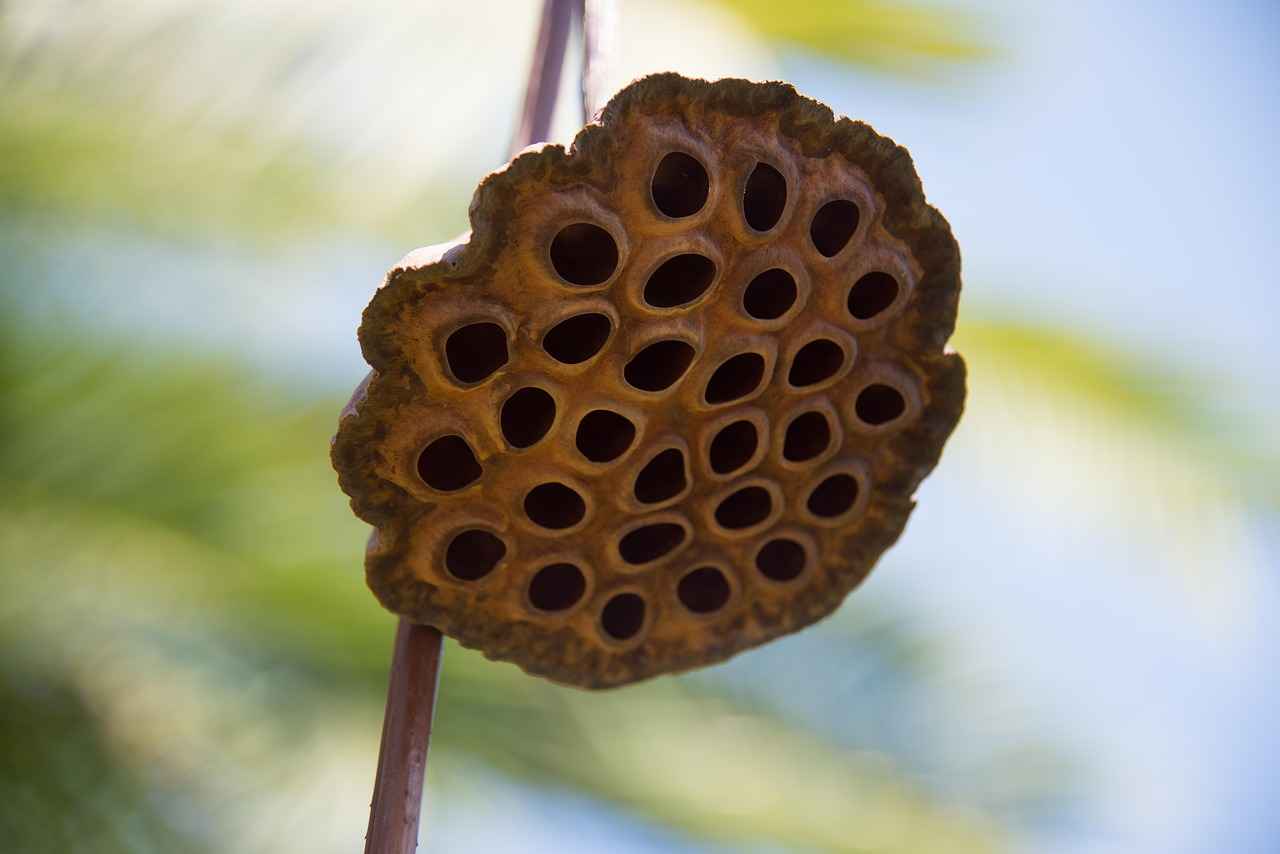
Can You Use Expired Chia Seeds?
Chia seeds have gained immense popularity as a superfood due to their rich nutritional profile, including high levels of fiber, protein, and omega-3 fatty acids. However, many consumers often wonder about the safety and quality of chia seeds past their expiration date. While using expired chia seeds may not necessarily pose a significant health risk, it is crucial to understand how their nutritional value and flavor can change over time.
When chia seeds are stored properly, they can last up to two years. However, once they reach their expiration date, their nutritional quality may begin to decline. This deterioration can affect their taste, texture, and overall health benefits. Therefore, before consuming expired chia seeds, it is essential to evaluate their condition carefully.
To determine if expired chia seeds are still safe to use, consider the following factors:
- Smell: Fresh chia seeds have a neutral odor. If they emit a rancid or off-putting smell, it is best to discard them.
- Appearance: Check for any discoloration or mold. Healthy chia seeds should be black or white and free from any visible signs of spoilage.
- Texture: If the seeds feel sticky or clumpy, it may indicate moisture exposure, which can lead to spoilage.
While eating expired chia seeds might not lead to immediate health issues, there are potential risks to consider:
- Digestive Issues: Consuming seeds that have lost their quality can lead to digestive discomfort, including bloating or gas.
- Foodborne Illness: If chia seeds are contaminated or have developed mold, they could pose a risk of foodborne illnesses.
To maximize the shelf life and quality of chia seeds, follow these storage tips:
- Use Airtight Containers: Store chia seeds in airtight containers to protect them from moisture and air exposure.
- Keep in a Cool, Dark Place: Light and heat can degrade the quality of chia seeds. A pantry or cupboard is ideal.
- Refrigeration or Freezing: For long-term storage, consider refrigerating or freezing chia seeds to maintain their freshness.
If you decide to use fresh or properly stored chia seeds, there are numerous ways to add them to your meals:
- Add them to smoothies for a nutritional boost.
- Mix them into oatmeal or yogurt for added texture and health benefits.
- Use chia seeds in baking recipes, such as muffins or energy bars, to enhance fiber content.
In conclusion, while expired chia seeds may not be harmful if stored correctly, it is vital to assess their quality before consumption. By understanding how to evaluate and store chia seeds properly, you can enjoy their numerous health benefits without compromising your well-being.
What Are the Risks of Consuming Spoiled Seeds?
When it comes to chia seeds, a popular superfood celebrated for their numerous health benefits, understanding the risks associated with consuming spoiled seeds is crucial for maintaining your health. Chia seeds are packed with nutrients, but if they go bad, they can pose serious health risks.
Chia seeds, like any other food product, are susceptible to spoilage due to various factors. These seeds can absorb moisture and may become a breeding ground for mold if not stored properly. Additionally, exposure to light and heat can lead to rancidity, causing the seeds to lose their nutritional value and potentially become harmful.
- Off Smell: Fresh chia seeds have a neutral, nutty aroma. If they emit a rancid or sour smell, it’s a clear indication that they have spoiled.
- Discoloration: Healthy chia seeds are usually a dark brown or black color. Any significant change in color, such as a grayish hue, can signal spoilage.
- Texture Change: If the seeds feel sticky or clump together, it’s a sign that moisture has compromised their integrity.
Consuming spoiled chia seeds can lead to digestive issues such as bloating, gas, or diarrhea. The presence of mold can also trigger allergic reactions in sensitive individuals. In more severe cases, ingesting contaminated seeds can result in foodborne illnesses, which may require medical attention.
Foodborne illnesses can manifest in various ways, including nausea, vomiting, and abdominal cramps. These symptoms can range from mild to severe, depending on the individual’s health and the extent of contamination. Therefore, it is essential to always check for signs of spoilage before incorporating chia seeds into your diet.
To minimize the risk of consuming spoiled chia seeds, follow these practical storage tips:
- Store in a Cool, Dry Place: Keep chia seeds in a cool, dark cupboard away from moisture and heat sources.
- Use Airtight Containers: Opt for airtight containers to prevent exposure to air and moisture, which can lead to spoilage.
- Check Expiry Dates: Always be mindful of the expiry date on the packaging. If the seeds are past their date, it’s best to discard them.
By taking these precautions, you can enjoy the numerous health benefits of chia seeds while minimizing the risks associated with spoilage.
In summary, while chia seeds are a nutritious addition to your diet, it is vital to be vigilant about their storage and condition. Understanding the signs of spoilage and the potential health risks can help you make informed choices and ensure that your chia seeds remain a safe and healthy part of your meals.
How to Incorporate Fresh Chia Seeds into Your Diet?
Chia seeds have gained immense popularity in recent years, and for good reason. These tiny seeds are a powerhouse of nutrition, packed with fiber, omega-3 fatty acids, and various essential minerals. Incorporating fresh chia seeds into your diet can significantly enhance your overall health and well-being. Below are some creative and practical ways to include these super seeds in your meals.
Chia seeds are not just a trend; they offer numerous health benefits. Their high fiber content aids in digestion, while the omega-3 fatty acids contribute to heart health. Additionally, they are a great source of protein, making them suitable for vegetarians and vegans.
One of the simplest ways to enjoy chia seeds is by adding them to your smoothies. Here’s how:
- Start with your favorite fruits and vegetables.
- Add a tablespoon of chia seeds for a nutritious boost.
- Blend until smooth. Enjoy the added texture and health benefits!
Transform your morning oatmeal by incorporating chia seeds. This can be done in a few easy steps:
- Prepare your oatmeal as usual.
- Stir in a tablespoon of chia seeds while cooking.
- Allow the mixture to sit for a few minutes; the chia seeds will absorb the liquid and create a creamy texture.
This not only enhances the nutritional profile of your breakfast but also keeps you full for longer.
Chia seeds can also be used in baking, adding both nutrition and texture to your favorite recipes. Consider the following:
- Substitute eggs in recipes by mixing 1 tablespoon of chia seeds with 2.5 tablespoons of water. Let it sit for 10-15 minutes to form a gel.
- Add chia seeds to muffins, bread, or pancakes for an extra crunch.
- Use them in energy bars or granola for a healthy snack option.
Creating a chia seed pudding is a delightful way to enjoy these seeds. Here’s a simple recipe:
Ingredients:- 1/4 cup chia seeds- 1 cup almond milk (or any milk of your choice)- 1 tablespoon honey or maple syrup- Toppings: fruits, nuts, or granolaInstructions:1. In a bowl, mix chia seeds, almond milk, and sweetener.2. Stir well and let it sit for about 10 minutes.3. Stir again to prevent clumping, then refrigerate for at least 2 hours or overnight.4. Serve with your favorite toppings.
Chia seeds can also be sprinkled on salads or incorporated into soups for added nutrition. They can absorb liquid, creating a unique texture that enhances the overall dish. Here’s how:
- Sprinkle chia seeds on top of your salad before serving.
- Add a tablespoon to your soup while cooking for a nutritious boost.
Incorporating fresh chia seeds into your meals is not only easy but also incredibly beneficial for your health. With their versatility, you can enhance the nutrition of virtually any dish, making them a must-have in your pantry.
Frequently Asked Questions
- Do chia seeds expire?
Chia seeds don’t technically expire, but they do lose their freshness and nutritional value over time. Properly stored, they can last up to two years, but it’s best to check for signs of spoilage before using them.
- How can I tell if my chia seeds are bad?
If your chia seeds have an off smell, discoloration, or a change in texture, it’s a good indication they have gone bad. Always trust your senses; if something seems off, it’s better to err on the side of caution.
- Can I store chia seeds in the pantry?
Yes, you can store chia seeds in the pantry, but make sure they are in an airtight container and kept away from light and moisture. For longer shelf life, consider refrigerating or freezing them.
- What happens if I consume expired chia seeds?
While consuming expired chia seeds may not be harmful, their taste and nutritional benefits may be diminished. Always check for spoilage signs to ensure they are safe to eat.
- How can I include chia seeds in my diet?
Chia seeds are super versatile! You can add them to smoothies, oatmeal, yogurt, or even baked goods. They’re a great way to boost fiber and healthy fats in your meals!
